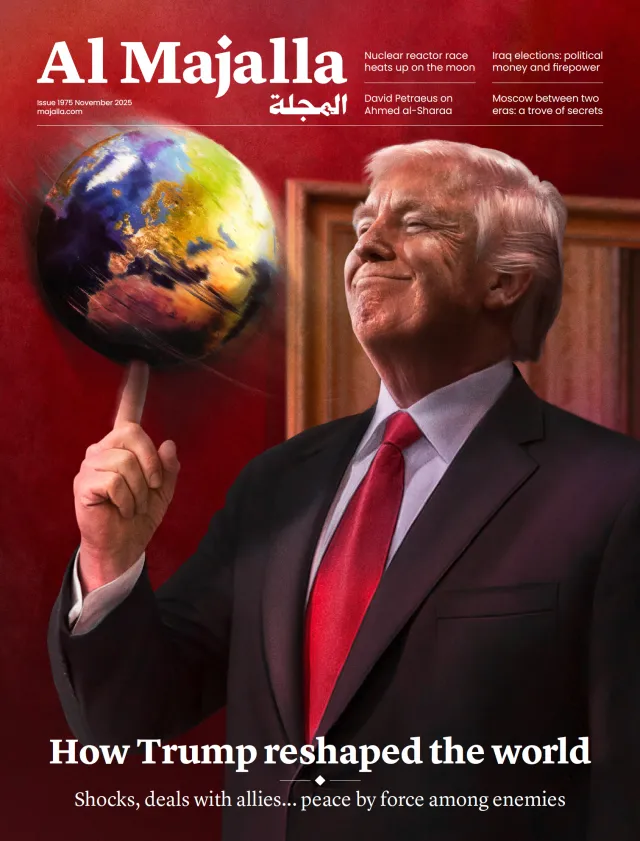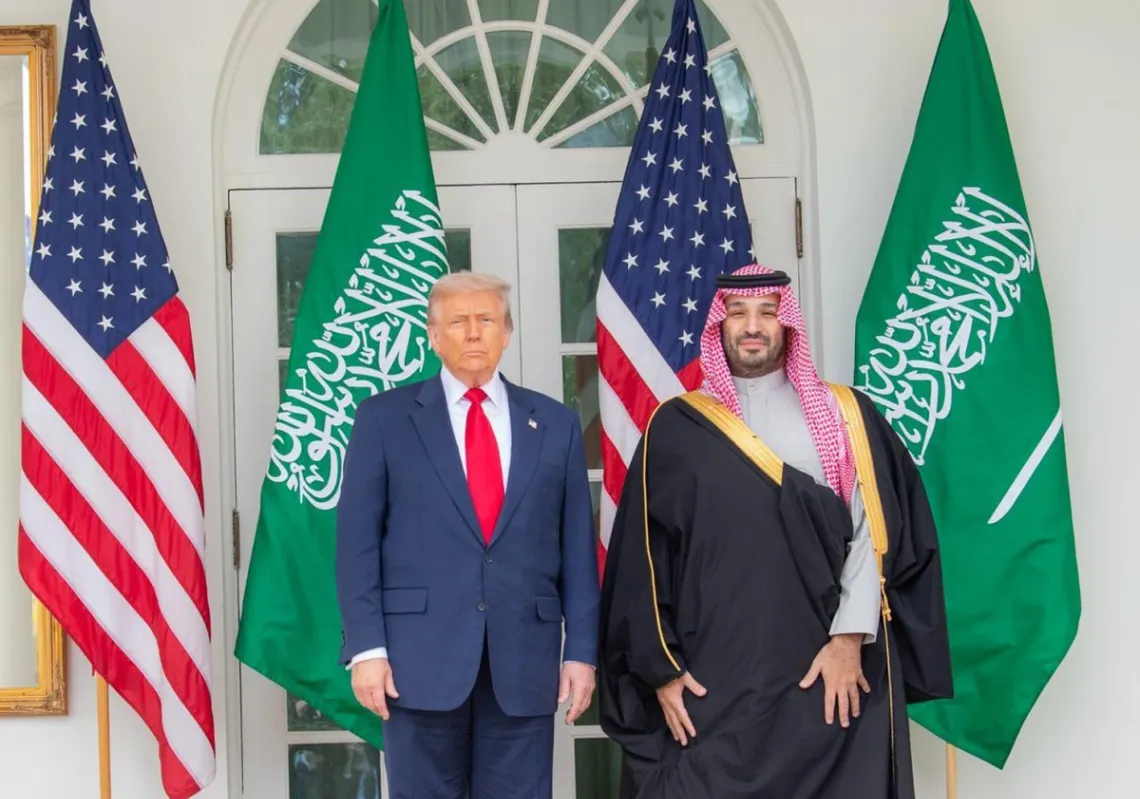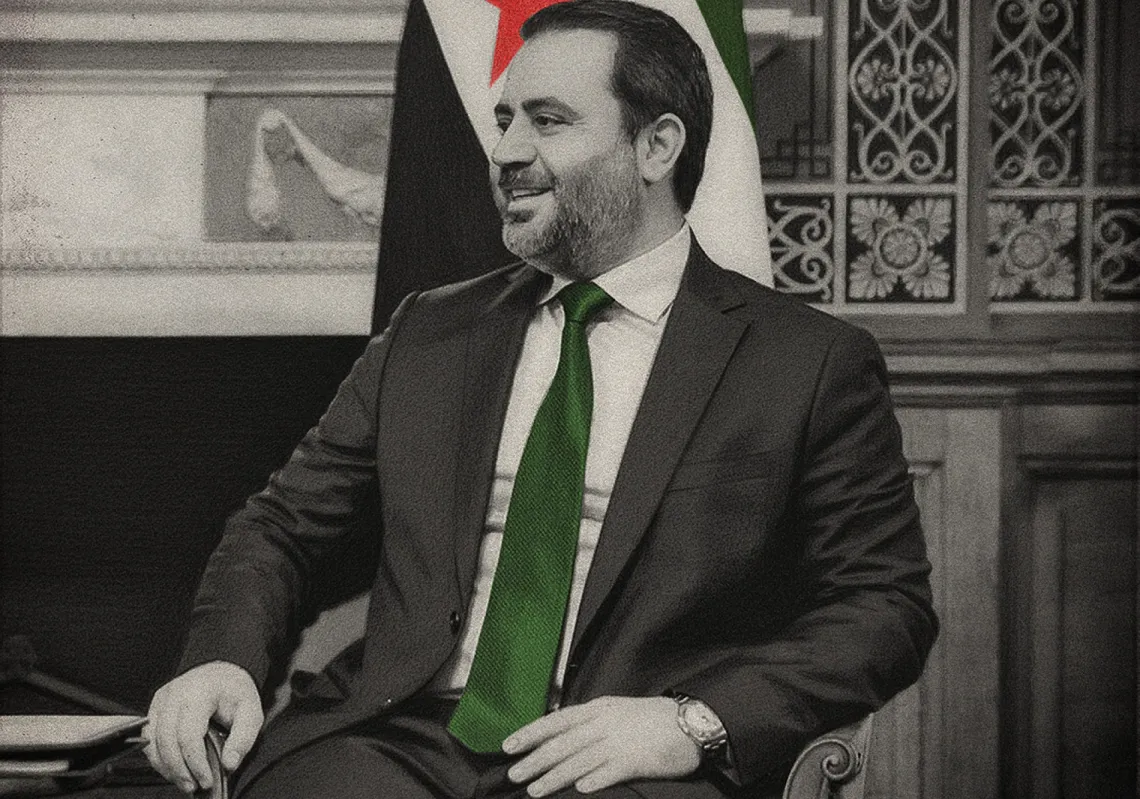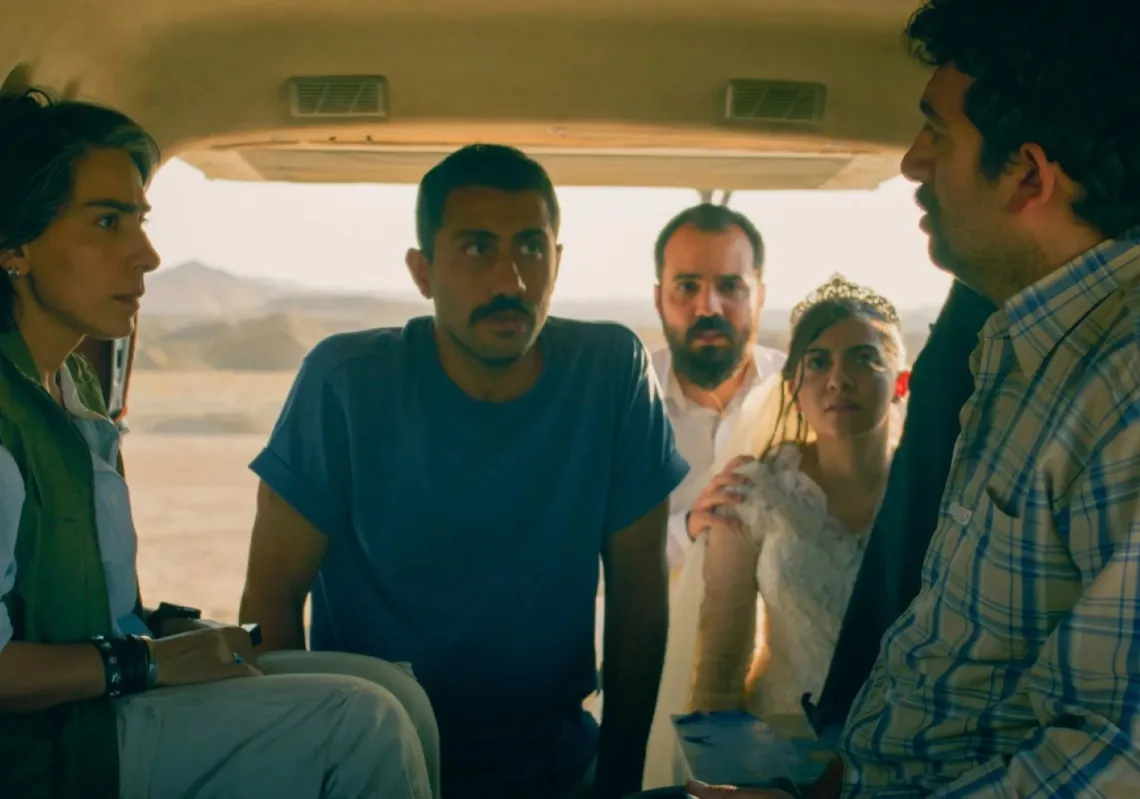 Brigitte Lacombe: Sudan Running Team[/caption]
Brigitte Lacombe: Sudan Running Team[/caption]
Entering the exhibition Hey’Ya: Arab Women in Sport at Sotheby’s in London, I stop by a photograph of Qatari player Amal Mohammed Awad. Hair under a headscarf, she is clutching a basketball—her dark, challenging stare glares out from under a pair of neatly pencilled-in eyebrows.
It is undeniable that the determination required by all successful athletes is intensified for Arab women who, despite some advances, still have more barriers to break than mere sporting records. Amidst the fanfare of this year’s Olympic Opening Ceremony in London, it was proudly announced that this would be the first year in which every participating nation has put forward a female competitor for the Games—a milestone, or perhaps a rather belated step in the right direction.
Most striking about Hey’Ya (Arabic meaning ‘Let’s Go’) —beyond the allure of Brigitte Lacombe’s bold, playful and diverse large-scale photographs of over 50 Arab athletes—was probably the feeling of guilt that lingered afterwards. Surveying the montage of buff, fearless looking sportswomen was awkward and humbling, as I recalled that as a teenage girl at a UK high school, ‘female problems’ and a carefully-forged sick note were from time to time an easy ticket out of the weekly sports lessons.
[caption id="attachment_55233424" align="alignright" width="300"]
 Brigitte Lacombe: Amal Mohammed Awad (Qatar)[/caption]
Brigitte Lacombe: Amal Mohammed Awad (Qatar)[/caption]
Conceived by the Qatar Museums Authority, the exhibition came together over seven months during which Award-winning French photographer Brigitte Lacombe and her sister, independent documentary filmmaker Marian Lacombe, set up an outdoor studio in the Athletes’ Village at the Arab Games in Doha. With the support of Qatar’s Aspire programme, they also travelled from the Gulf to North Africa with women athletes, ranging from amateurs to Olympians.
Brigitte Lacombe’s portraits sit alongside short films produced by Marian Lacombe, in which a number of the sportswomen discuss their experiences on camera. It provides a discourse on gender, culture, and sport in the Arab World. By introducing some of the taboos and practical issues that Arab women still have to overcome in order to take their place in competitive sport, the exhibition becomes more than merely a celebration of sporting achievement.
Some of the women in the exhibition are veiled and fully clothed, although most are not. As two Qatari gymnasts in leotards admit, “It’s really rare for Qatari girls to be in sport, especially gymnasts, because of what we wear.” The idea that sporting activity contradicts traditional definitions of femininity is one that still tends to stigmatise female competitors in the eyes of some Arab societies. “They ask us why we play, as because we are women it is not feminine. On the contrary, sport gives women a complete sense of femininity,” says Sudanese athlete Fayza Omer Gomaya, in a defiant response that is typical of many of the athletes.
Fatma Abdulrazzeq, who is wheelchair-bound and has only two fingers on each hand, competed in the 2008 Beijing Paralympics for Bahrain. She describes her attempt to play numerous other sports, before settling on discus throwing due to the limitations of her disability: “All that was left for me was throwing, so I chose it,” she says, stressing her determination “to not let the door of disability close on me…I don’t want any obstacles.” [caption id="attachment_55233417" align="alignleft" width="300"]
 Brigitte Lacombe: Sarra Besbes (Tunisia)[/caption]
Brigitte Lacombe: Sarra Besbes (Tunisia)[/caption]
Some of those in the exhibition, such as Saudi Arabian equestrian eventer Dalma Malhas, were raised in affluent Western societies and may not have faced the some of the challenges of their co-competitors. Others, such as 800 m runner Woroud Sawalha (who is competing in the London 2012 Summer Olympics for Palestine), discuss the rudimentary training facilities provided in her country:
“I trained myself in the mountains of my village, which were filled with woods and trees.” Hopping up and down in her unfamiliar spiked running shoes, Sawalha admits she hasn’t had the chance to practice in them yet due to the lack of an athletic track in Palestine. “I wish to change society’s views of women playing sport,” she says.
The exhibition provides an uplifting message. Most of these women are—despite all obstacles, and regardless of ability—ultimately defending their right to be free to make independent choices and in doing so they are pushing boundaries and providing inspiration for future generations. Among those featured in the films is Moroccan hurdler Nawal El Moutawakel, who in 1984 became the first woman from a Muslim country to win an Olympic gold medal. As she says, “Those 54 seconds totally changed the lives of millions of girls around the world.”
Maysam Mammam, co-captain of Jeddah Green basketball team, describes her own vision for the future of Arab women in sport while her team practice behind her in a small private courtyard, the only sport spaces available to women in Saudi Arabia. “It will open doors for us...When I walk in the street (in Saudi Arabia) I see women’s club for basketball.” She adds, “We are working on a different angle for one dream, and for one goal.”
Hey’Ya: Arab Women in Sport exhibition is open at Sotheby’s until 11th August, and will go on show at the QMA Gallery Katara in Doha in Spring 2013.








